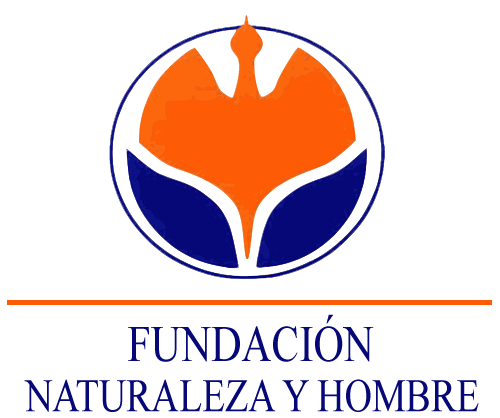Biodiversity conservation in river Miera is a LIFE+Nature project that has started in July 2014. During the next three and a half years, Fundación Naturaleza y Hombre, as coordination beneficiary, will be working with its associated beneficiaries, Consejería de Medio Ambiente del Gobierno de Cantabria and MARE, to achieve the recovery of habitat types and species populations of Community interest along the full length of the Miera River.
The Miera River is located in northern Spain, flowing 41 km from the Cantabrian Mountains into the Bay of Santander. It has a significant role as an ecological corridor in the region. Natura 2000 sites are located all along its course.
Objectives:
- The LIFE Miera project aims to deliver a river basin management approach to the recovery of habitat types and species populations of Community interest along the full length of the Miera River.
- The project will create, restore and improve the conservation status of a series of targeted habitats selected for their scarcity, ecological importance and/or representativeness in the Natura 2000 areas along the river, including: Sphagnum acid bogs, riparian forests, montane forests, coastal sand dunes, dry Atlantic coastal heaths and estuaries.
- Habitat restoration actions will include the planting of native species, removal of invasive species, cleaning up of waste, protection from human disturbance and adaptation of river barriers. Where appropriate the project will also deliver land stewardship and hunting agreements to ensure good habitat management.
- The project will seek to improve basic knowledge of the population conservation status and habitat used by a number of targeted animal and plant species. These will be selected for their ecological, educational and socio-economic importance, including: Atlantic salmon, (Salmo salar), European otter (Lutra lutra) and European chain fern (Woodwardia radicans).
Expected results:
- Restoration of the following targeted habitat areas: o 100 ha of Atlantic acidophilous beech forests with Ilex and sometimes also Taxus in the shrublayer (and another 100 ha improved). 3 ha of Sphagnum acid bogs. 6 ha of dune ecosystem. 10 ha of coastal heathland.
- Creation of the following priority habitat areas: 3 km (approximately 2 ha) of alluvial forest – involving seven-metre deep intervention. 2 km (approximately 1.5 ha) of Salix alba and Populus alba galleries – involving seven-metre deep intervention. 3 new sub-populations of Woodwardia radicans
- Removal of the following threats to priority habitats: Alien species and dumped waste products in 60 ha of riparian forest. Invasive alien plants – groundsel tree (Baccharis halimifolia) and pampas grass (Cortadeira selloana) – from at least 4 ha of halophilic estuarine habitats.
- A river that is navigable by migrating fish – especially salmon – to reach their natural spawning areas through adaptation or removal of river barriers.
- Delivery of the following management tools: Long-term land stewardship agreements with three local councils – San Roque de Riomiera, Vega de Pas and Espinosa de los Monteros – in two Natura 2000 sites, Montes de Valnera and Montaña Oriental. Hunting management agreements with hunting reserves. All Woodwardia radicans populations in the action area mapped to 1:5000 scale – with protection provided to the best areas. Assessment of the demographic levels of the southern damselfly (Coenagrion mercurial) and stag beetle (Lucanus cervus) in three relevant sites – with the creation of a reserve for each species.
- Improved public and technical understanding of the natural values of the Miera river basin and the benefits of river basin management approaches.


Los comentarios están desactivados.